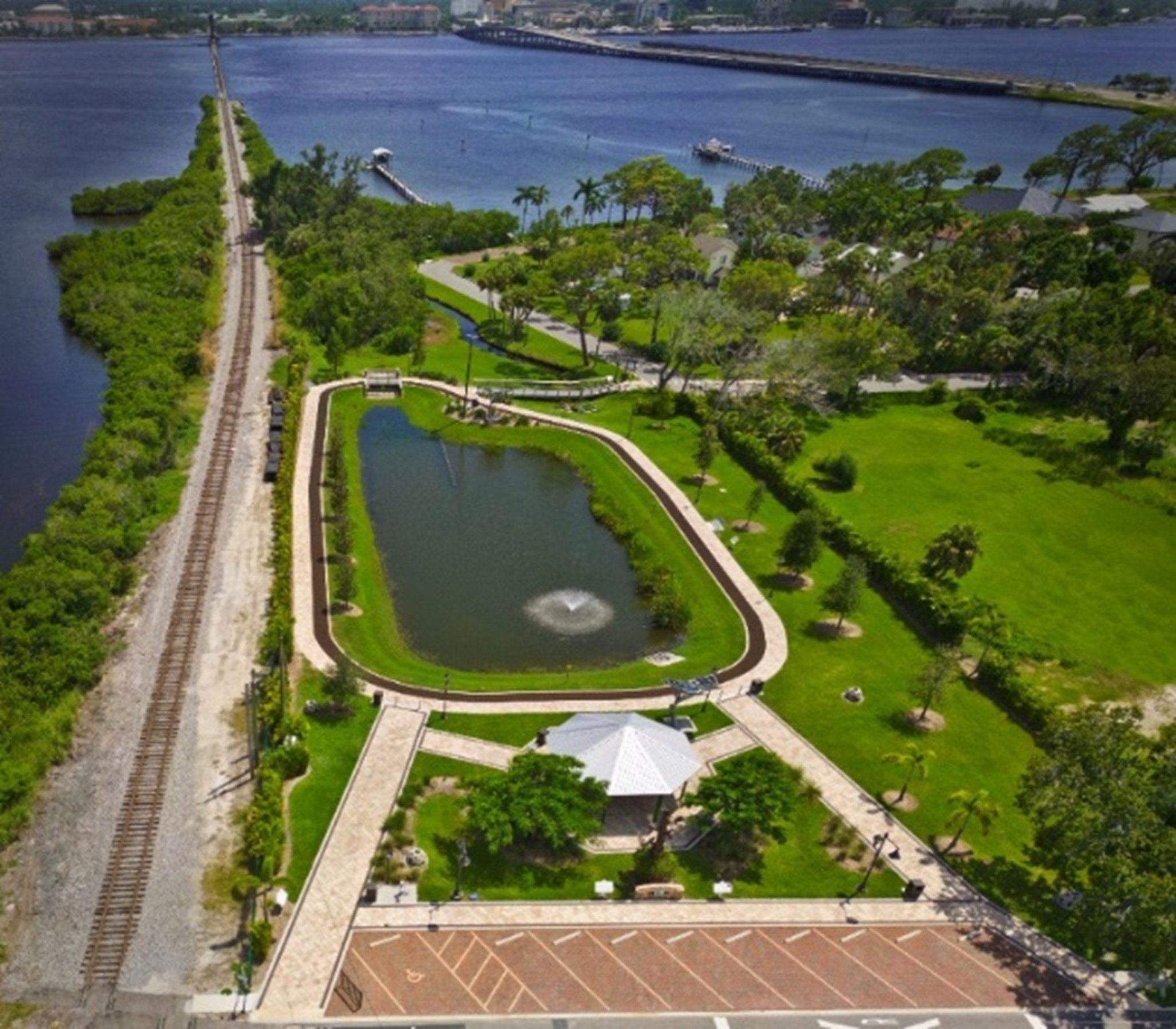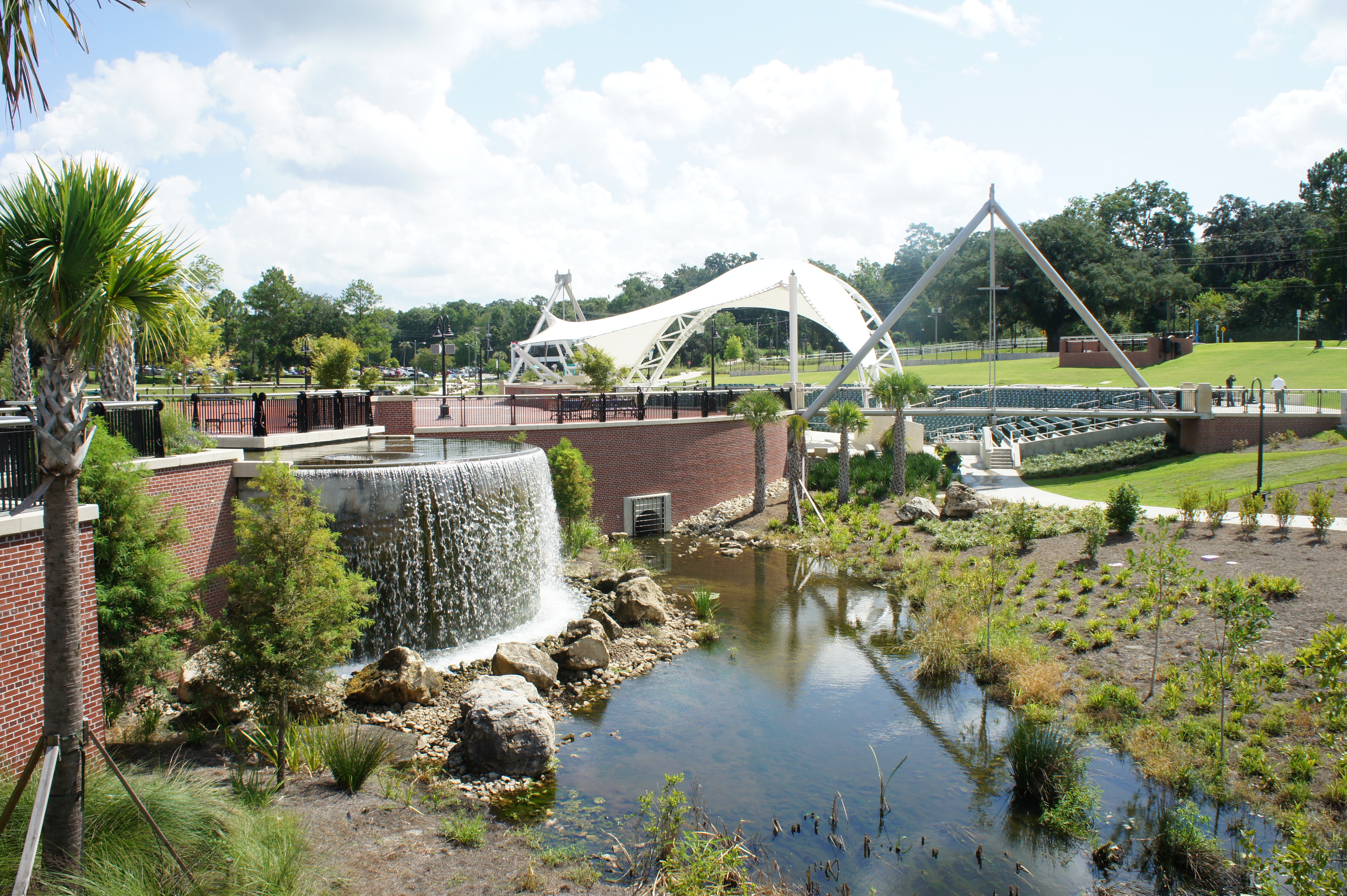Success StoriesPalmetto CRA Honored with 2025 Phoenix Award for EPA Region IV at National Brownfields Conference Palmetto, FL
The Palmetto Community Redevelopment Agency (CRA) was awarded the 2025 Phoenix Award for EPA Region IV, a prestigious national honor recognizing excellence in brownfield remediation and redevelopment. The award was presented at the National Brownfields Conference, held August 8–10 in Chicago, Illinois. About Connor ParkThe CRA received this recognition for its transformative work on the Connor Park Brownfields Redevelopment Project, which turned a long-neglected, environmentally contaminated site into a vibrant public green space and stormwater Eco-Park. Located in the heart of Palmetto, Connor Park was previously a railway site and environmentally degraded area that posed both ecological and public health concerns. Through a multi-year effort led by the CRA, the site was remediated and reimagined as a multifunctional public Eco-Park that now serves as a stormwater management system, passive recreation area, and ecological habitat. The project exemplifies how strategic investment and communitycentered planning can revitalize underutilized land and improve the quality of life for residents. The project included: • Environmental remediation of contaminated soil and groundwater “This award is a testament to the City of Palmetto’s commitment to sustainable redevelopment, environmental stewardship, and community revitalization,” said Rowena Young-Gopie, Executive Director of the Palmetto CRA. “Connor Park is more than just a Completed Connor Park project. park—it’s a symbol of what’s possible when we invest in our neighborhoods and work collaboratively to turn what some may believe are challenges into opportunities." National Recognition and Local CelebrationThe Phoenix Awards, established in 1997, are considered the premier national recognition for brownfield redevelopment. Each year, one project from each of the ten (10) EPA regions is selected for demonstrating innovation, environmental impact, and community benefit. Celebrating the agency’s leadership and commitment, and the broader impact of federal, state, and local partnerships in community redevelopment is whatthe community deserves. For more information about Connor Park, Palmetto CRA and its redevelopment initiatives, please visit www.palmettocra.org/cra. Media Contact: Rowena Young-Gopie Executive Director Palmetto Community Redevelopment Agency 941-723-4988 [email protected] Connor Park team receiving Phoenix Award in Chicago (Left). Phoenix Award (Right).
CITY OF PENSACOLA, FLORIDA
PPM has been involved with the City of Pensacola’s Brownfields Program since its inception. PPM assisted the City in obtaining a 2013 EPA Brownfields Assessment Grant ($400,000), which was leveraged to secure additional funding, including a 2018 EPA Brownfields Cleanup Grant ($200,000), a subgrant from the West Florida Regional Planning Council’s Revolving Loan Fund ($250,000), and a grant from the State of Florida ($400,000). PPM then supported the City in securing a 2022 EPA Brownfields Community-Wide Assessment Grant ($376,000), which is currently ongoing. PPM has provided the City with comprehensive services, including grant application preparation, brownfield inventory, community outreach, QAPP/SSQAPPs, site eligibility evaluations, Phase I and Phase II ESAs, ABCAs, cleanup planning, contractor bid documents and award reviews, EPA reporting, FDEP support, and ACRES database updates. Community Maritime Park Site The signature project of Pensacola’s Brownfields Program was the Community Maritime Park site. The Park was built in 2012 and is an award-winning redevelopment property that includes a minor league baseball stadium, office buildings, a children’s park, and an amphitheater. The brownfield's work led to the development of a public access day-use marina and a public-use beach and heritage park with historical ties to local African-American culture called Bruce Beach. The City also approved a waterfront, multi-family, housing/retail development outparcel (an estimated 600 multi-family housing units and 50,000 square-foot retail space) to be developed at Community Maritime Park. Dates of Service: August 2011-present Employees Involved: Ben Clabaugh, Matthew Ebbert, Walter Henley, Brian Hicks, Monica Holston, Zane Hood, Rodney Kilgore, Barry Long, Robert Newbold, Keith Pyron, Greg Stover
Cascades Park:
|










